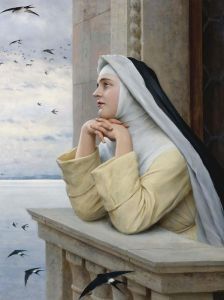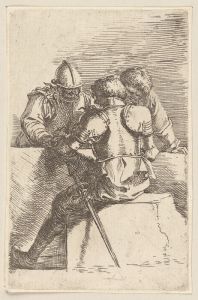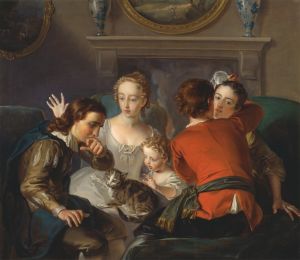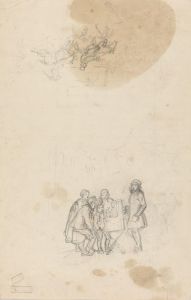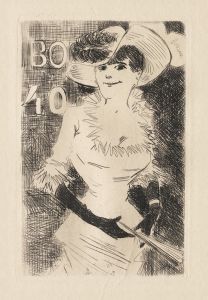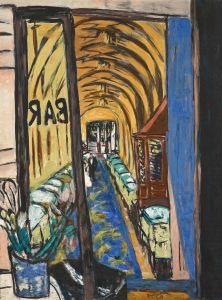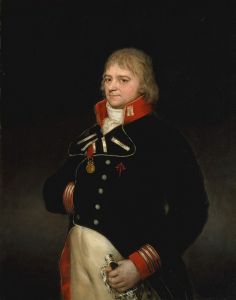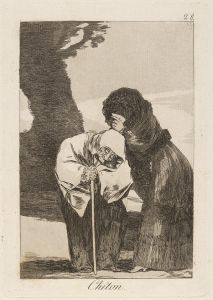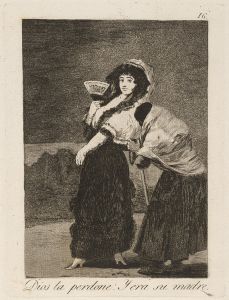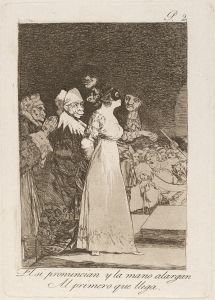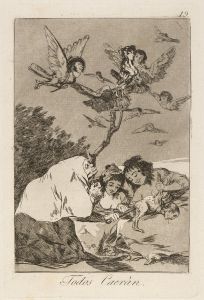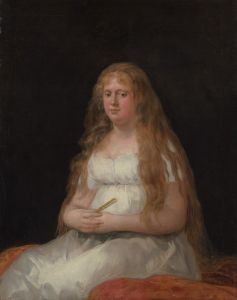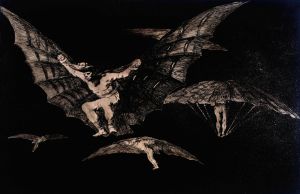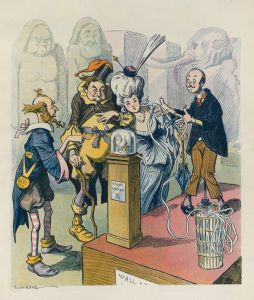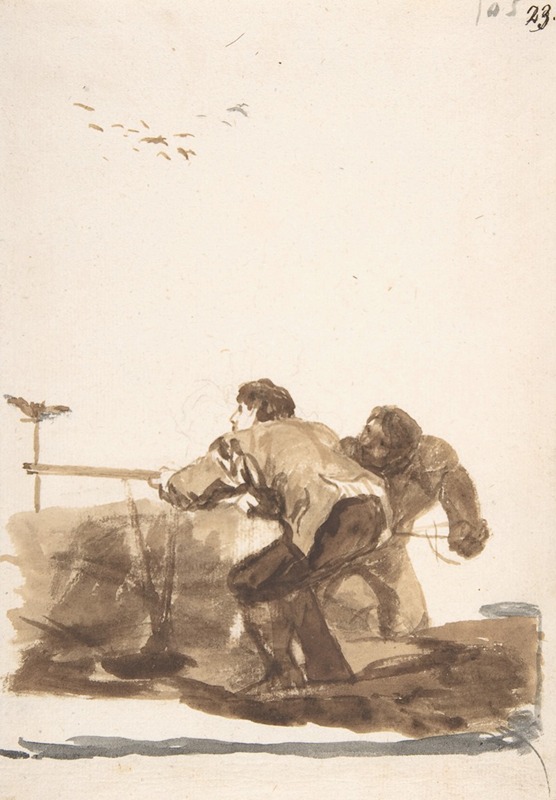
Men hunting birds using a decoy
A hand-painted replica of Francisco de Goya’s masterpiece Men hunting birds using a decoy, meticulously crafted by professional artists to capture the true essence of the original. Each piece is created with museum-quality canvas and rare mineral pigments, carefully painted by experienced artists with delicate brushstrokes and rich, layered colors to perfectly recreate the texture of the original artwork. Unlike machine-printed reproductions, this hand-painted version brings the painting to life, infused with the artist’s emotions and skill in every stroke. Whether for personal collection or home decoration, it instantly elevates the artistic atmosphere of any space.
Francisco de Goya, a prominent Spanish painter and printmaker, is renowned for his profound impact on the art world during the late 18th and early 19th centuries. One of his lesser-known works, "Men Hunting Birds Using a Decoy," exemplifies his ability to capture scenes of everyday life with a unique blend of realism and subtle commentary.
"Men Hunting Birds Using a Decoy" is part of Goya's tapestry cartoons, a series of paintings created between 1775 and 1792. These works were commissioned by the Spanish crown for the Royal Tapestry Factory in Madrid. The cartoons were intended to serve as models for tapestries that would decorate the walls of the royal palaces, particularly El Escorial and El Pardo. Goya's involvement in this project marked a significant phase in his career, allowing him to gain favor with the Spanish court and establish himself as a leading artist of his time.
The painting depicts a group of men engaged in the traditional practice of bird hunting, utilizing a decoy to attract their prey. This scene reflects the customs and leisure activities of the Spanish aristocracy during the 18th century. Goya's attention to detail is evident in the depiction of the hunters' attire and the natural landscape, which provides a picturesque backdrop for the activity. The use of a decoy in bird hunting was a common technique, and Goya captures this with a sense of authenticity and respect for the tradition.
Goya's tapestry cartoons, including "Men Hunting Birds Using a Decoy," are characterized by their vibrant colors and dynamic compositions. These works often feature scenes of popular life, hunting, and leisure, showcasing Goya's keen observation of human behavior and social customs. While the cartoons were designed to be decorative, they also offer insights into the cultural and social milieu of 18th-century Spain.
The painting is notable for its composition and the way Goya captures movement and interaction among the figures. The hunters are depicted in various poses, suggesting a narrative of anticipation and skill. The use of light and shadow adds depth to the scene, enhancing the realism of the moment. Goya's ability to convey emotion and atmosphere through his brushwork is evident in this work, as he balances the serene landscape with the focused intensity of the hunters.
"Men Hunting Birds Using a Decoy" is a testament to Goya's versatility as an artist. While he is often celebrated for his later, more dramatic works, such as "The Third of May 1808" and the "Black Paintings," his tapestry cartoons reveal a different aspect of his artistic talent. These early works demonstrate his mastery of genre painting and his ability to infuse everyday scenes with a sense of vitality and significance.
Today, Goya's tapestry cartoons are appreciated not only for their artistic merit but also for their historical value. They provide a window into the past, offering glimpses of the customs and lifestyles of 18th-century Spain. "Men Hunting Birds Using a Decoy" remains an important piece within this collection, highlighting Goya's role as both an artist and a chronicler of his time.





